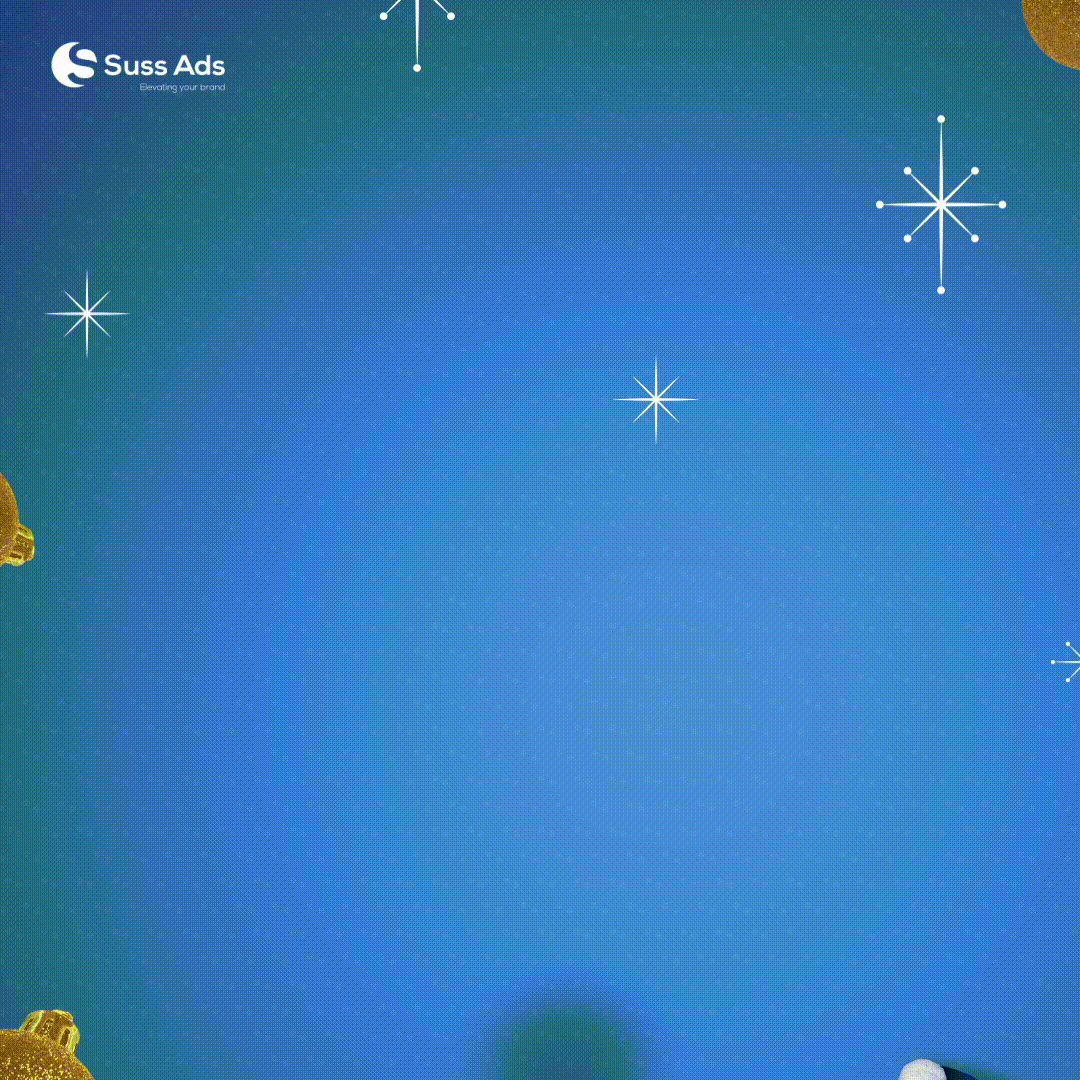The digital advertising world is evolving fast. Static banners and autoplay videos are givingway to something more immersive, more engaging, and undeniably more fun: Gamified Ads.
These are ads you can play, designed to capture attention through interaction, not interruption. Across Kenya and Tanzania, brands are now using gamified campaigns to stand out, drive engagement, and deliver measurable results.
Turning Ads into Experiences
A gamified ad blends the mechanics of a game challenge, reward, and play into a digital creative. Instead of just watching, users tap, swipe, match, or solve something right inside the ad unit.
This hands-on engagement transforms how people connect with brands. Each move creates a small moment of emotional investment, the kind that builds recall, curiosity, and loyalty long after the ad ends.
🇰🇪 Case Study: Interactive Rich Media Campaigns in Kenya
Two live examples demonstrate how interactive design can elevate display advertising in Kenya’s digital ecosystem:
- SportPesa Aviator Kenya → View Ad
These creatives go beyond static banners. Built with motion and engagement triggers, they capture user attention through responsive animations and interactive elements that tease the Aviator game experience without ever leaving the page.
The result: a more memorable campaign that boosts dwell time and reinforces brand identity in a playful, lightweight format — optimized for both mobile and desktop.
Case Study: Rich Media Expansion in Tanzania
As digital adoption accelerates in Tanzania, brands are experimenting with interactive formats that fit local mobile behavior.
- SportPesa Aviator - Tanzania → View Ad
These ad units mirror the Kenyan execution but adapt seamlessly to the Tanzanian market. Each banner simulates the thrill of a quick game - blending rich motion graphics with real-time reactions that invite curiosity and clicks.
By turning a static ad placement into a mini experience, these formats transform ordinary engagement metrics into meaningful brand interactions.
Case Study: Brookside Puzzle Game
- Play the Puzzle Ad → Brookside Dairy Puzzle (1000x1000)
This campaign reimagines the way audiences interact with brand imagery. Users are challenged to piece together the Brookside brand visual — an engaging moment that reinforces recognition and retention.
It’s simple, yet surprisingly effective. Each completed puzzle reinforces brand familiarity and satisfaction, turning play into an emotional touchpoint.
Case Study: Cadbury Candy Crush Experience
- Play the Candy Crush Ad → Cadbury Candy Crush Interactive Game
Drawing inspiration from the globally popular match-3 format, this gamified ad brings the joy of play directly to Cadbury fans. Players match candy icons within the ad unit, combining lighthearted gameplay with brand messaging that feels natural — not forced.
This experience highlights the power of connecting emotion with brand storytelling. Instead of simply telling users Cadbury is “fun and indulgent,” it shows them.
Why Gamified Ads Work
They grab attention instantly - movement and interaction stand out in crowded feeds.
They build emotion - play triggers dopamine, curiosity, and satisfaction.
They drive action - playful engagement leads to higher click-throughs and conversions.
They strengthen recall - interactive experiences stick longer in users’ minds.
They’re mobile-friendly - perfect for Africa’s mobile-first internet audience.
The Future of Advertising Is Playable
Gamified ads are more than a trend -they’re a creative evolution. In markets like Kenya and Tanzania, where mobile penetration is high and user attention is hard-earned, interactive advertising gives brands the edge they need.
The examples above show what’s possible when technology and creativity work together: ads that don’t just talk to audiences - they invite them to play.
Because in the end, when people play, they connect.
And when they connect, they remember.
Interactive. Memorable. Measurable.
Gamified ads are redefining how Africa experiences digital advertising — one tap, one swipe, one puzzle at a time.
